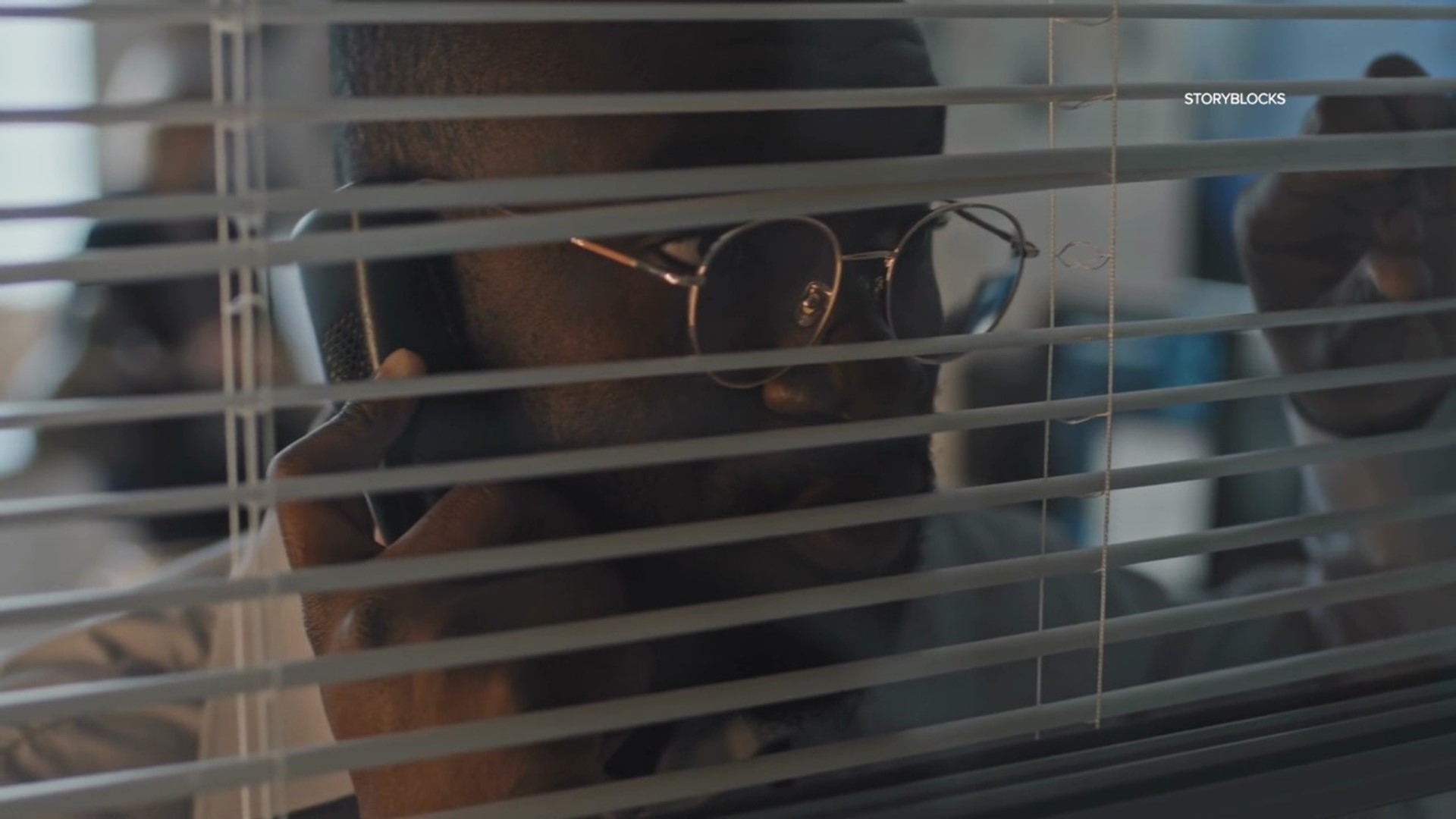TUNKHANNOCK, Pa. — Since the first call went out in 1973, cell phones have become a part of everyday life for more than 300 million Americans and also law enforcement.
"The biggest cases in which I have been involved always involve the ability to use electronic surveillance to our benefit legally and lawfully," said Wyoming County District Attorney Joe Peters.
For suspected killers Brian Kohberger and Justin Schuback, Peters says authorities tracked their cell phones by pinpointing the men's location using cell phone triangulation, helping lead to their arrests.
"You're looking at it from three different directions; you're looking at it from three different towers. Do you know where that cell phone is or where it was so it protects you as the innocent citizen that we're not going to be looking at the wrong person at the same time, it gives us at least almost a level playing field to find where that phone was at a particular time," Peters added.
While something like the cell phone offers law-enforcement officials the chance to build a stronger case against criminals, Peters says it also gives the bad guys an advantage as well.
Crooks, he says, have found ways to use cell phones for their own purposes.
"The bad guys and ladies try and keep a step ahead of law enforcement, which they can cause we have rules to follow which requires time and effort; they don't they just do what they want to do," said Peters.
Data shows a person makes an average of eight phone calls per day.
Times that by the roughly 300 million cell phone users in the U.S., that equals out to around 2.4 billion phone calls every day.
Want to see what Newswatch 16's newscast was like in 1976? Head on over to WNEP's YouTube.

